Intermediates
Gallantry and accessories
Blog Piekiełka
Cashmere, Pashmina, and Merino Wool - Market Luxuries

Today, the fashion industry releases more and more “luxury” products each year that can be purchased at a low price. You think you’re buying cashmere, pashmina, or merino wool, and already you have visions of wrapping yourself in luxurious fabric? Let me be brutally honest: in most cases, it’s not cashmere, pashmina, or merino, but rather... cheap junk in a fancy package.
In this article, we’ll debunk all the myths and break down the origins, qualities, scams, and marketing tricks that big brands use to deceive us. We’ll take a close look at each material and explain why a “cashmere” sweater for 200 USD usually just pulls money from the pocket of an unsuspecting consumer who has no idea what they’re really getting. Let’s dive in!
What is Cashmere, Really?
Real Cashmere: Luxury in Every Fiber
Authentic cashmere is derived from the soft undercoat of the cashmere goat, which lives in the harsh climates of Mongolia, China, and India (especially the Kashmir region). Due to extreme temperatures, these goats produce a dense, soft undercoat that protects them from the cold. This undercoat is combed only once a year, and the amount of cashmere obtained from one goat is just 100-200 grams. Because of this, real cashmere is expensive – it costs not only time and effort but also requires specific breeding conditions. The combing, processing, and weaving process is the work of artisans.
Main characteristics of cashmere:
- Softness: Cashmere is incredibly soft and pleasant to the touch, thanks to its fine fibers. This is what makes it so valued, especially in garments worn directly on the skin.
- Lightweight: Cashmere is light yet provides excellent warmth. The thin but dense undercoat of the cashmere goat makes it possible to create lightweight fabrics that still keep you warm.
- Thermal insulation: Cashmere provides several times better thermal insulation than regular sheep’s wool. This means that cashmere clothing is exceptionally warm, yet breathable – perfect for cold days as well as cool summer evenings.
- Fine fibers: True cashmere fibers are 14 to 19 microns thick, making them finer than most other wool fibers (for comparison, human hair is about 50-70 microns). Because of this fineness, cashmere does not irritate the skin.
- Durability and elasticity: Cashmere is durable and elastic if properly cared for. It doesn’t pill as easily as some cheaper types of wool, and its fibers have natural elasticity, helping the garment maintain its shape over time.
- Natural sheen: Cashmere often has a slight natural sheen that gives garments a luxurious appearance. This subtle effect distinguishes cashmere from matte fibers.
Cashmere in Markets: Cheap Blends in Fancy Packaging
What do we see in chain stores? In most cases, “cashmere” in markets is just an empty label. Sweaters or scarves costing 200-300 USD are often products that contain minimal cashmere or none at all, made instead from acrylic, sheep wool, or other cheaper substitutes. You’ll often find cashmere with coarser, less durable fibers that lack the same properties as luxurious, handcrafted cashmere.
Pashmina: Premium Cashmere Replaced by Cheap Synthetic
Pashmina is a unique type of cashmere from the Himalayas, where weaving traditions are passed down through generations. Authentic pashmina fibers are less than 15 microns thick – so fine that a genuine pashmina scarf can be pulled through a ring.
The prices of authentic pashmina scarves are very high because the raw material and hand-weaving process are extremely labor-intensive. This type of top-shelf product can cost thousands of złotys. So why are “pashmina” scarves in markets available for around 300 USD? Simply because they aren’t true pashmina. Most of the time, you’re dealing with acrylic or synthetics that only imitate the luxurious product without having much in common with it.
Merino Wool: Why Athletes Love It and Companies Fake It
Merino wool is a unique type of wool obtained from Merino sheep, originally from Spain but now primarily bred in Australia and New Zealand. It is a prized and popular wool with unique properties, making it ideal for clothing and accessories, especially for sports and outdoor activities.
Main characteristics of merino wool:
- Fine fibers: Merino wool is much finer than traditional sheep’s wool, with fiber diameters of 15 to 25 microns. The highest quality merino wool can reach 15-18 microns, making it soft and pleasant to the touch without the itchiness of coarser wool.
- Thermal insulation: Merino wool has excellent thermoregulatory properties. It keeps you cool in summer and warm in winter, making it perfect for year-round wear.
- Moisture-wicking: Merino fibers can absorb moisture from the skin and wick it away, keeping the skin dry. This is especially valuable in sportswear.
- Odor resistance: Merino wool naturally inhibits bacterial growth, making garments resistant to unpleasant odors even after extended wear. This is a huge advantage in sports and travel clothing.
- Elasticity and durability: Merino wool is more elastic than other types of wool, so garments fit well and resist stretching. The fibers are durable and resistant to pilling.
- Lightweight and breathable: Thanks to the fineness of its fibers, merino wool is lightweight and breathable, making it comfortable even during intense physical activity.
Applications: Merino wool is popular for sportswear, thermal underwear, socks, hats, and scarves. It’s valued by athletes and people seeking thermal comfort in everyday wear. Thanks to its exceptional properties, merino wool is considered one of the best natural materials for active people and performs well in various weather conditions.
However, “merino wool” is yet another manipulation – mass-market brands offer products with minimal merino content, blending it with cheaper fibers, resulting in something that’s only a shadow of true merino, pretending to be the real deal.
Marketing Tricks: How Companies Fool You
“100% Cashmere” – Believe It? Better Check the Label
You see “100% cashmere” on the label and think you’ve found the deal of a lifetime? It’s just a trick. As long as there’s a small percentage of cashmere, a company can advertise it as a “cashmere product.” Always check the material composition: cheap products often contain other fibers, with only a tiny fraction of actual cashmere.
“Pashmina” – Acrylic Disguised as Luxury
A “pashmina” scarf for 200 USD? Sounds like a deal. But a genuine pashmina scarf costs several times more and is only available from artisans who make them by hand. In markets, a “pashmina” scarf is often acrylic, sometimes with a touch of cashmere just so the brand can legally use the catchy term on the label.
How to Get the Most Cash Out of You
When a brand offers cashmere at a suspiciously low price, you can almost bet you’re buying a low-quality blend. It’s the typical “luxury for the masses,” worth as much as its synthetic substitute but priced much higher due to the brand name.
How to Recognize Real Quality and Avoid Being Fooled
- Price as an indicator of authenticity: Real cashmere, pashmina, and merino are expensive. If the price is suspiciously low, you’re likely dealing with a fake.
- Quality certificates: Genuine brands offer certificates of origin, especially for cashmere and pashmina.
- Material composition: Carefully check the labels. Authentic products are 100% pure cashmere, pashmina, or merino wool with no blends.
- Where to buy: Artisan products are best purchased directly from producers or specialty stores, where you can be sure of getting what you pay for.
The Choice Between Cheap Junk and True Luxury
In a profit-driven world, many brands will try to sell you a product that imitates luxury. Cashmere, pashmina, and merino wool are expensive materials that cannot be mass-produced – their authentic versions are priced according to their quality. If you really want to experience luxury, avoid chain stores and suspiciously low prices. Otherwise, you’re paying for something that’s only luxurious in name.
Ethnic Jewelry
-
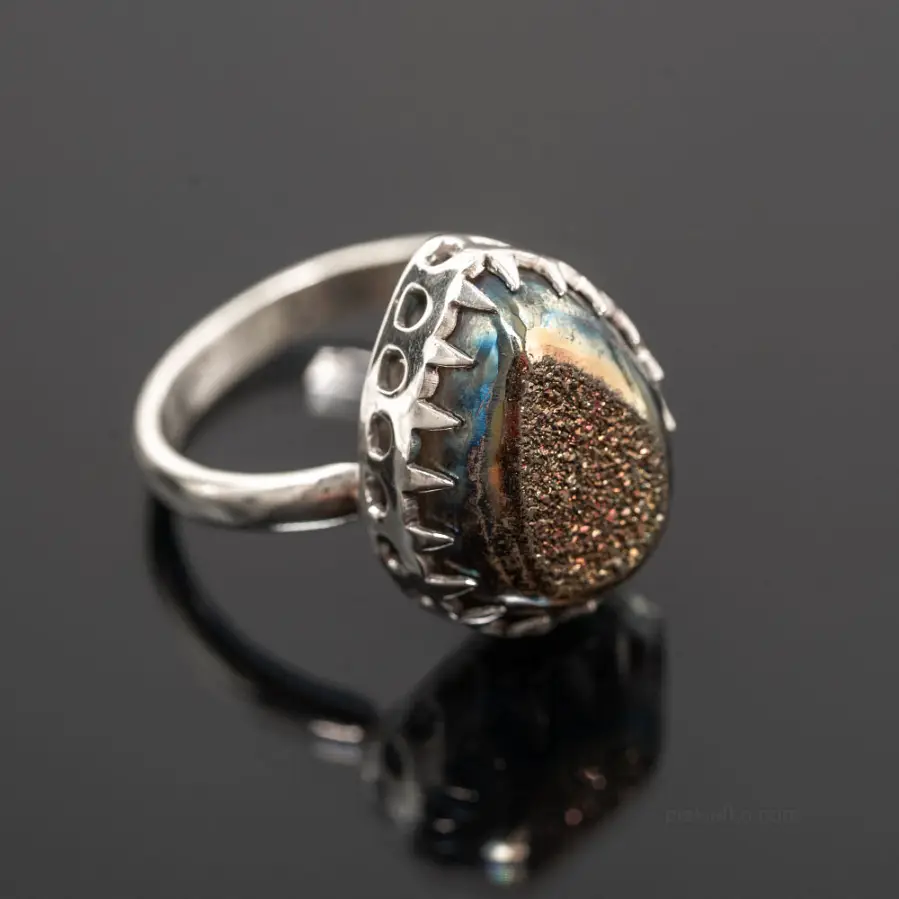
Blue titanium druse
350,00343,00 -
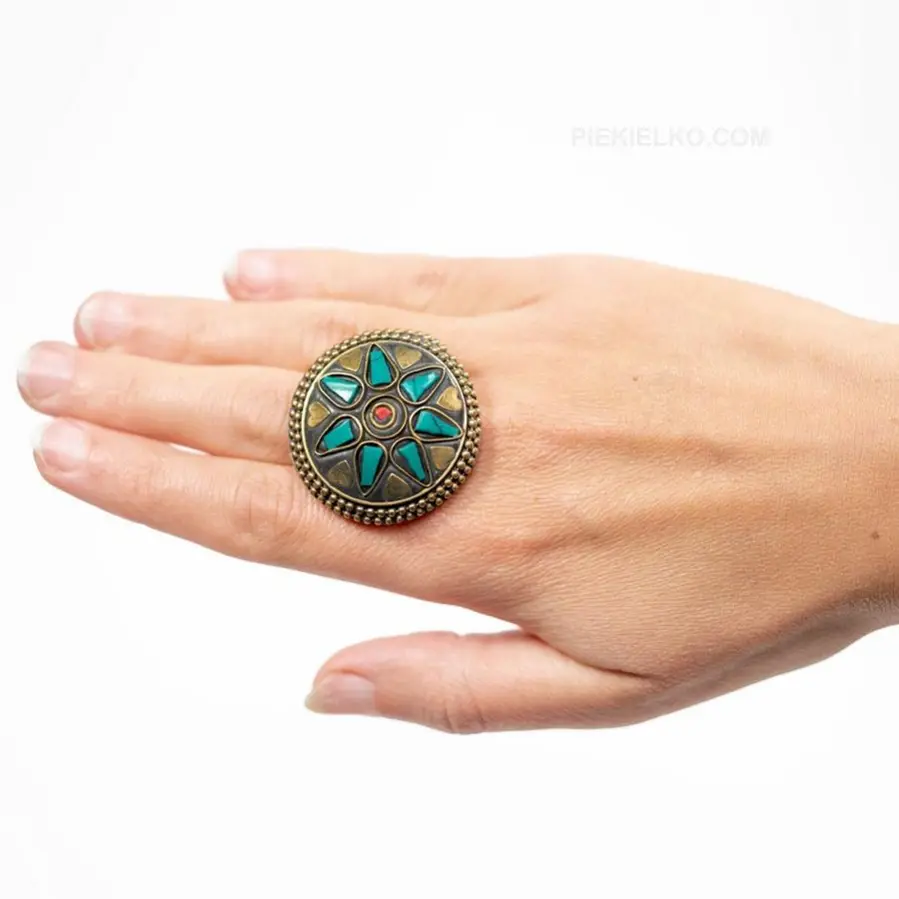
Tibetan adjustable ring
118,00115,64 -
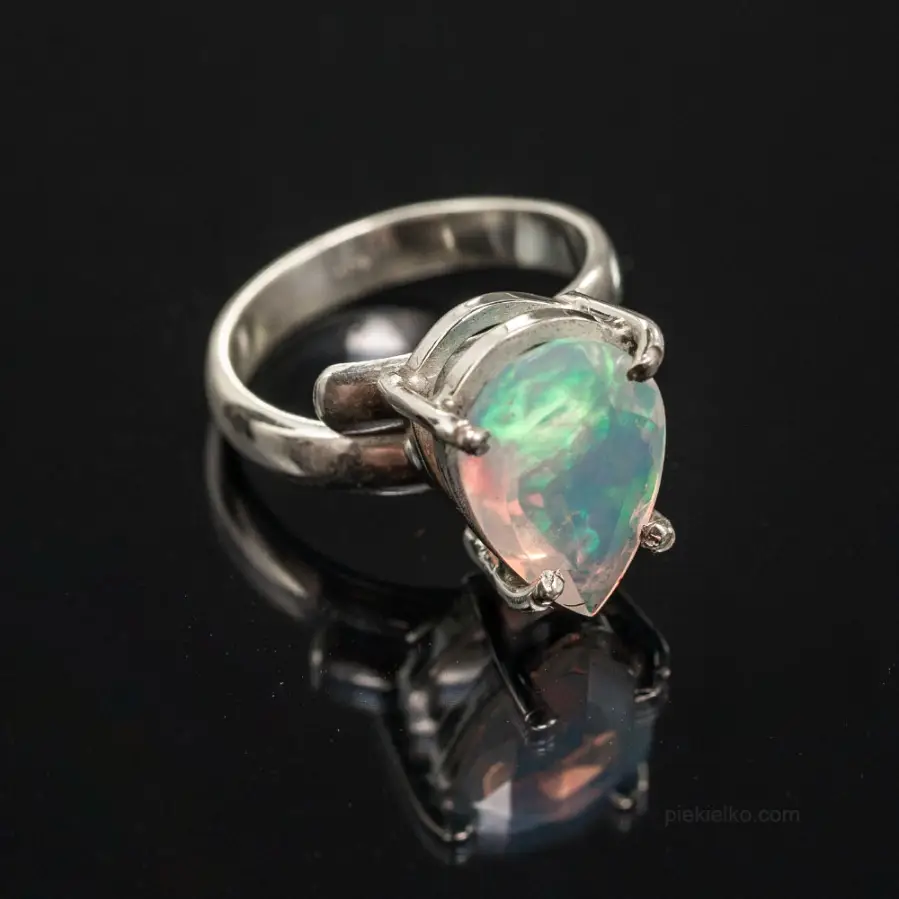
Ring with white opal
530,00519,40 -
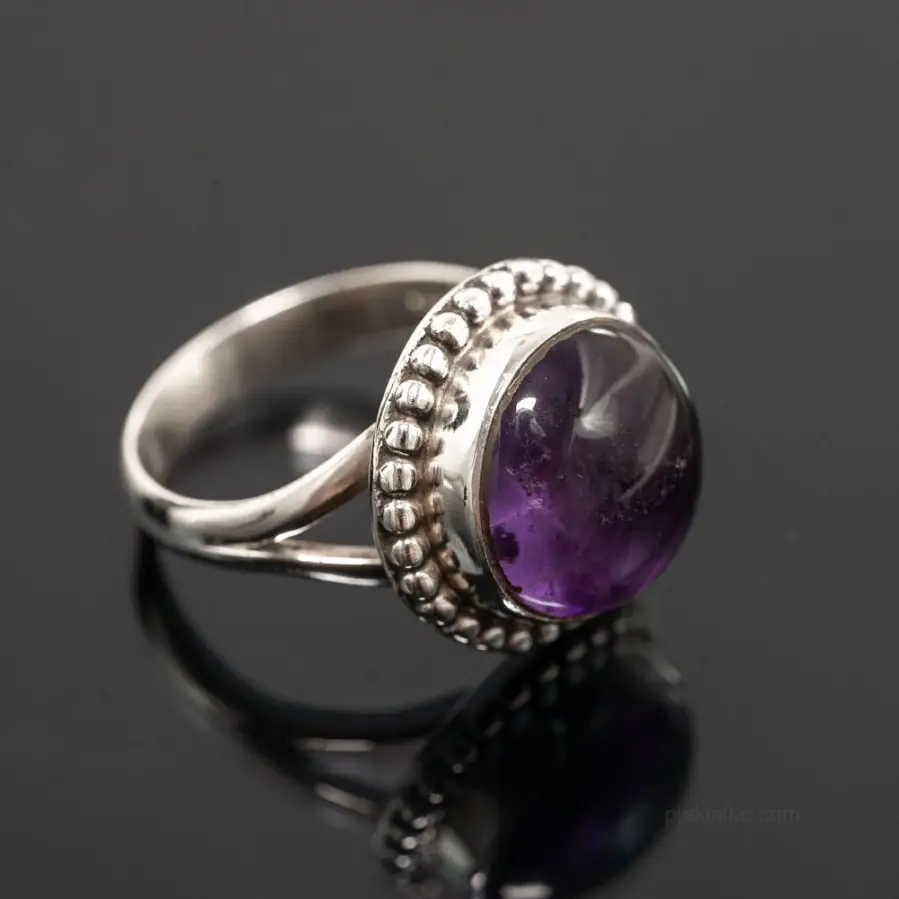
Amethyst ring
290,00284,20 -
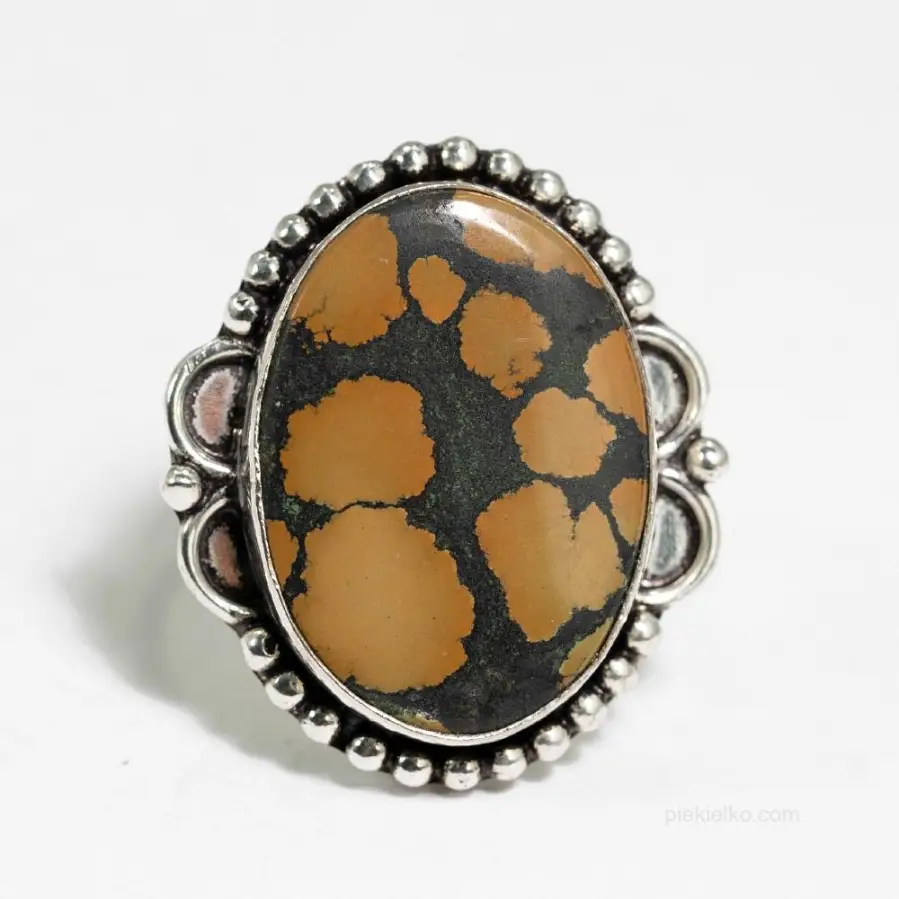
Brown natural turquoise ring
155,0091,14 -
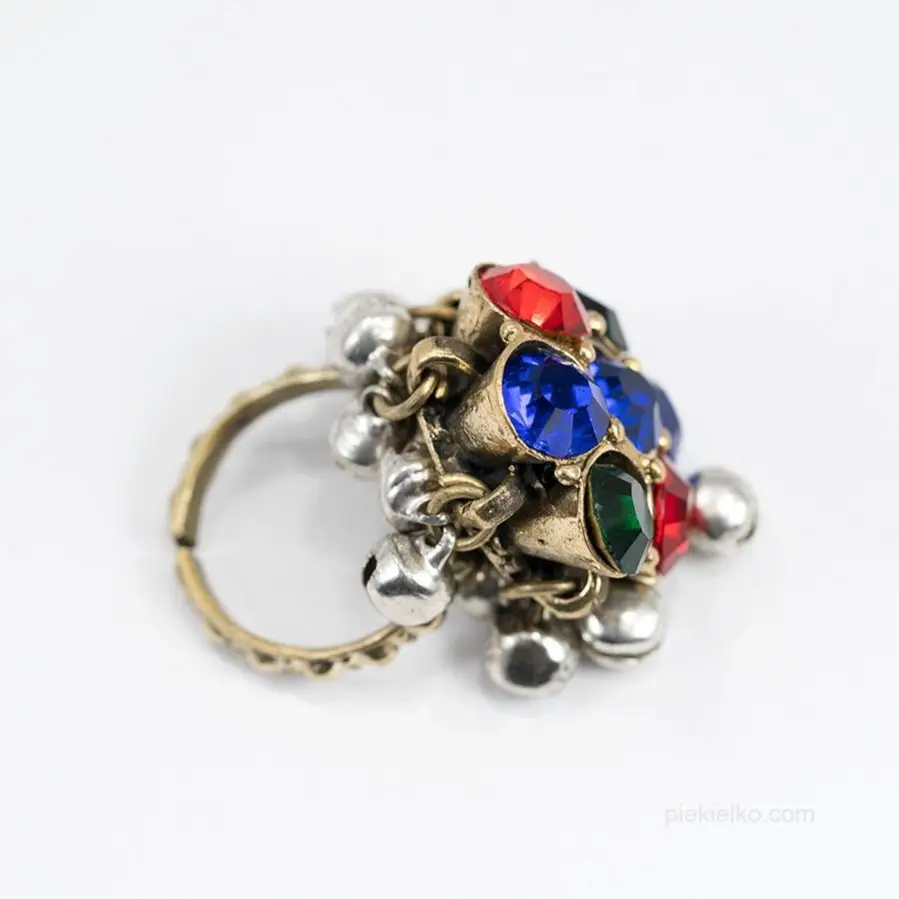
Kuchi tribe ring
89,0052,33 -
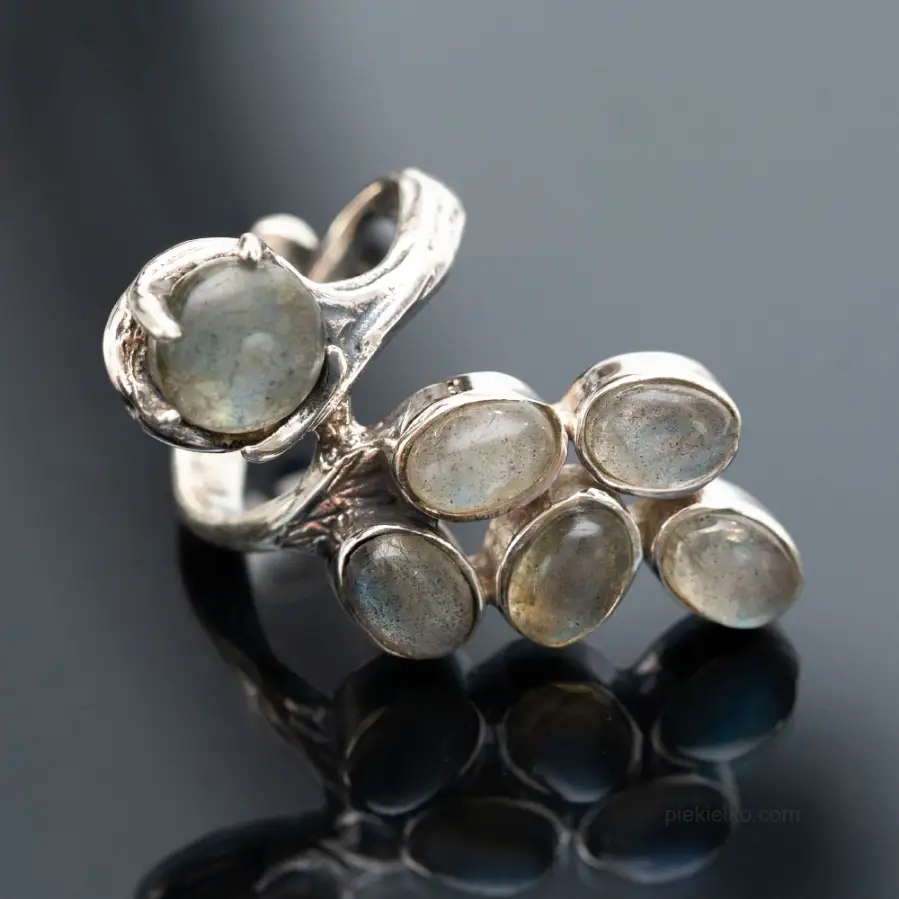
Labradorite ghost elf vine
450,00441,00 -
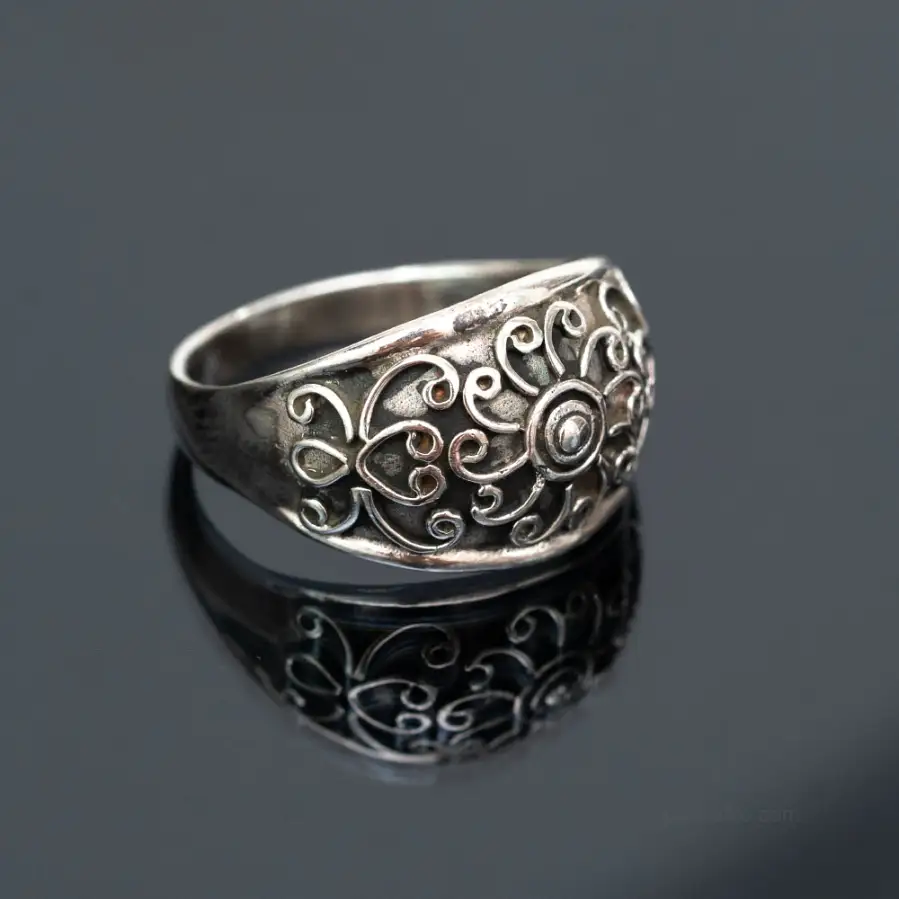
Silver Indian ring with patterns
290,00284,20 -
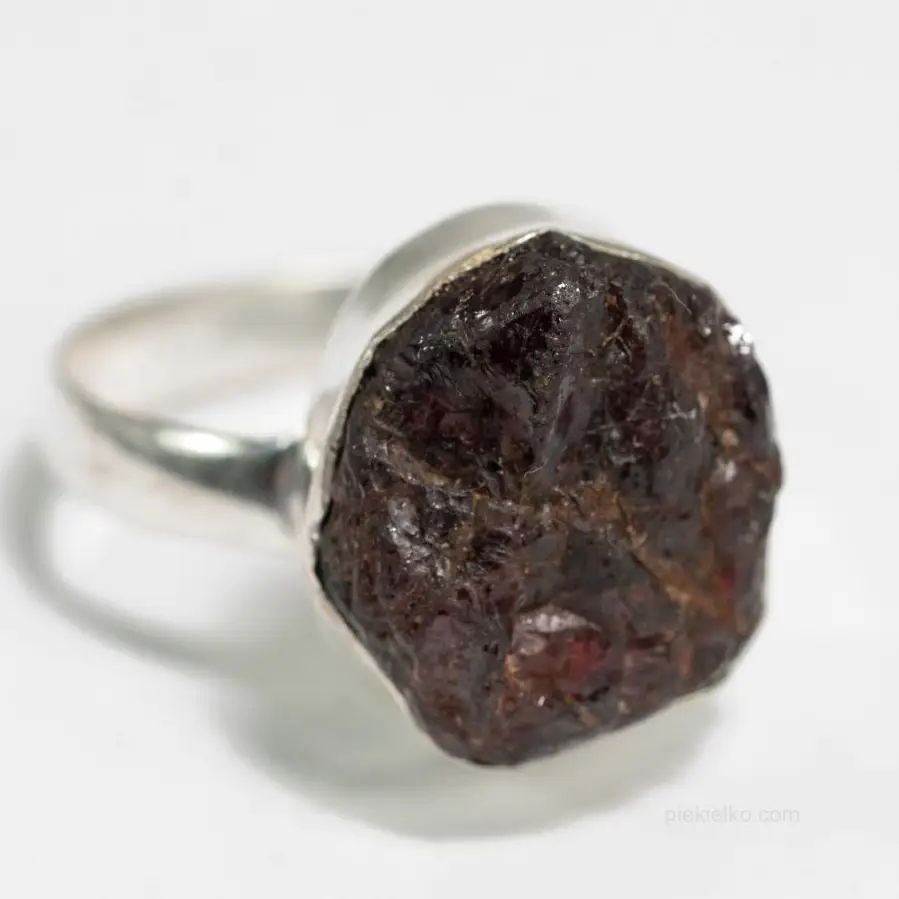
Black tourmaline ring
175,00102,90 -
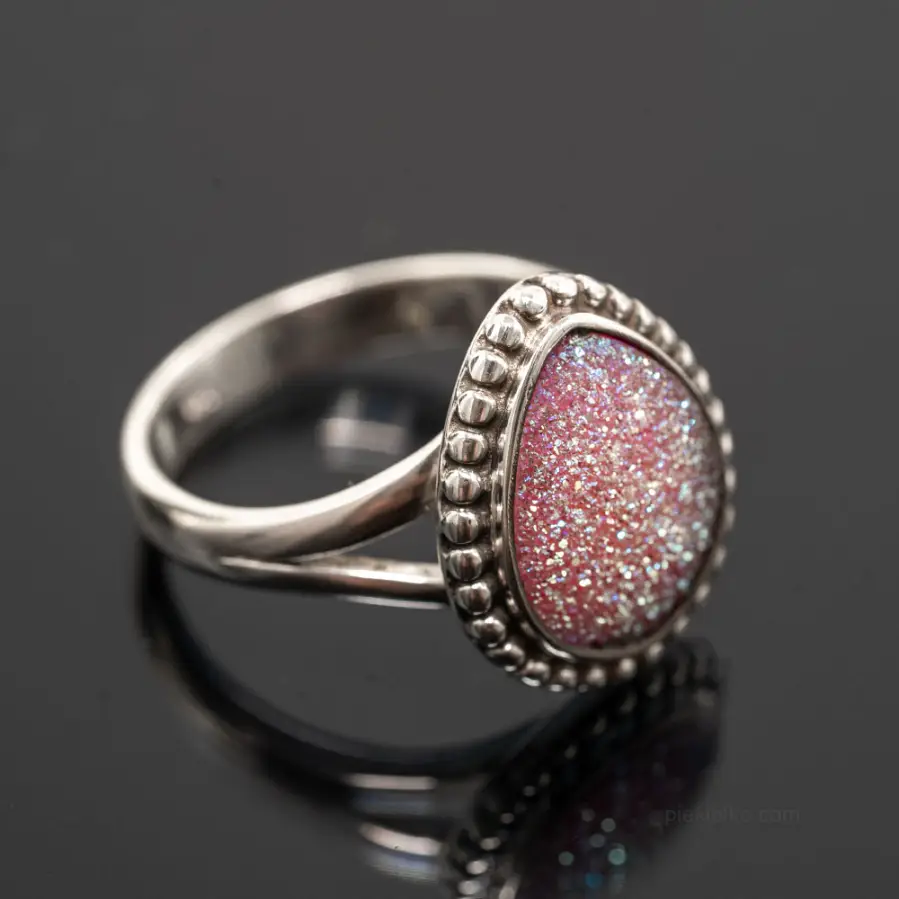
Space nebula - titanium drusen
280,00274,40 -
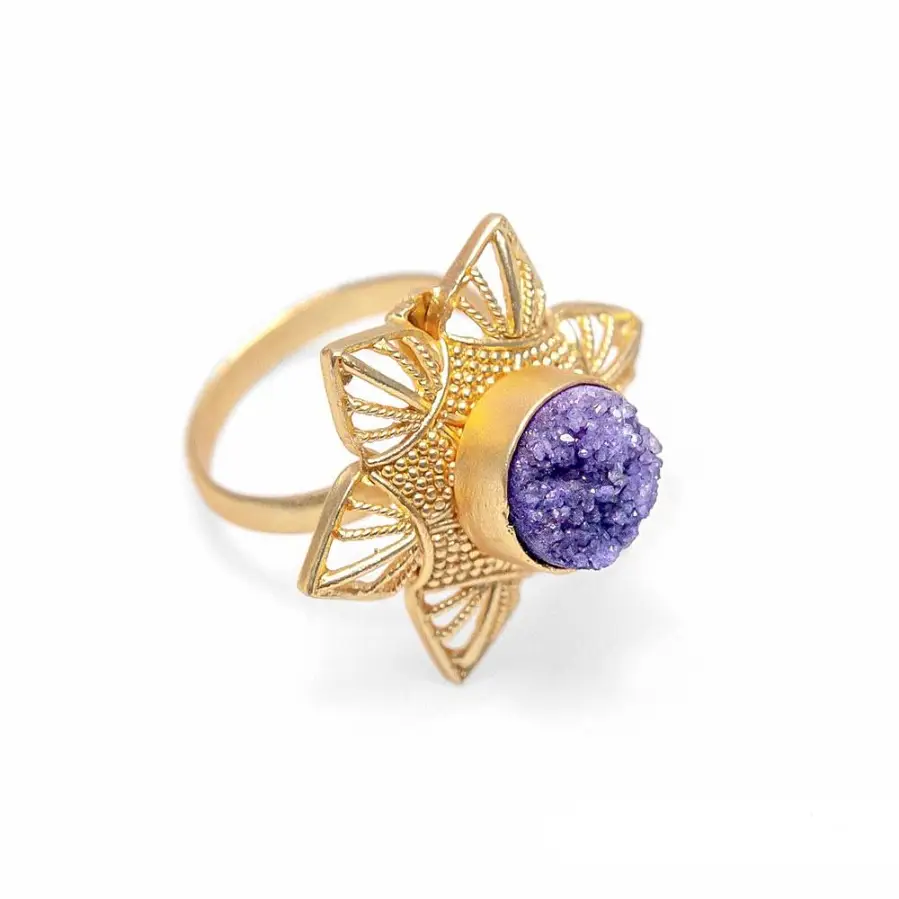
Quartz druzy art ring
90,0052,92 -
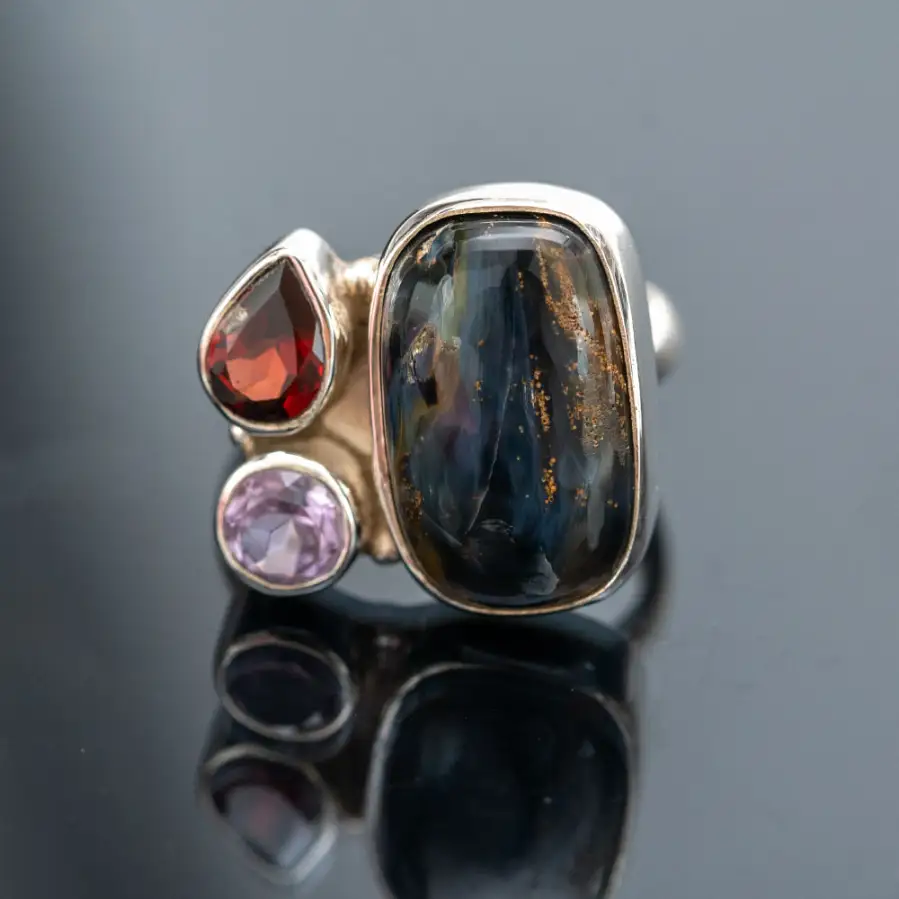
Elegant silver ring with pietersite and garnet
390,00382,20 -

Silver ring with a titanium drusen
330,00323,40 -
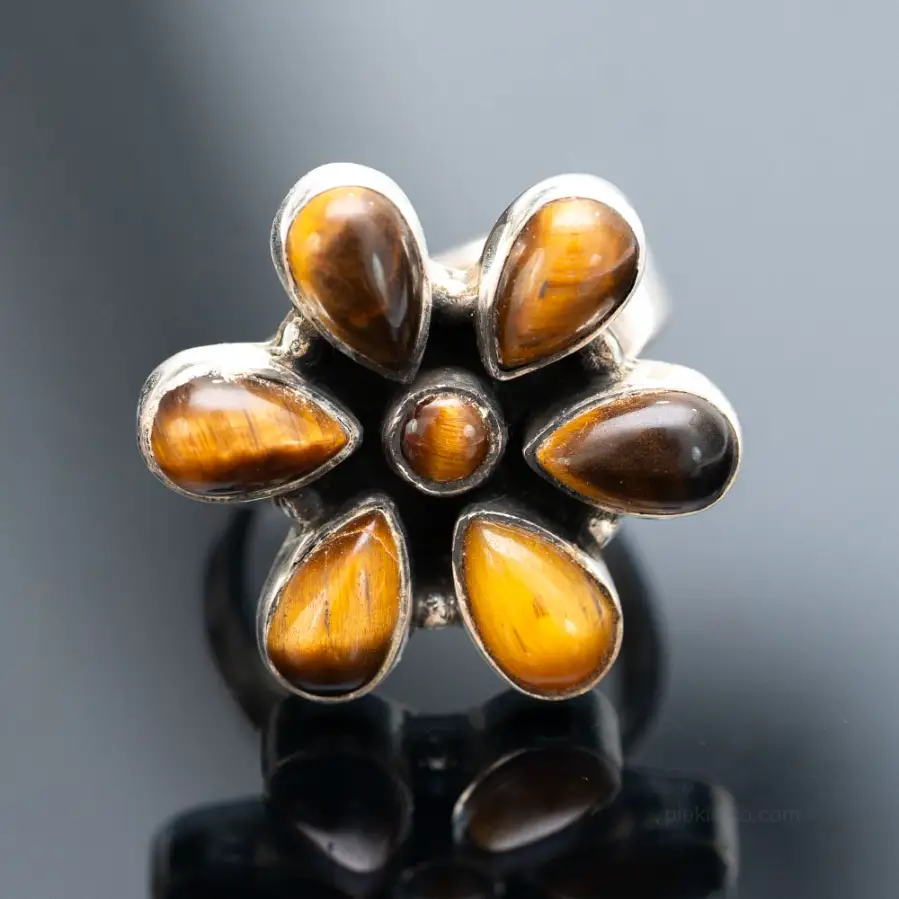
Silver adjustable tiger eye ring
290,00284,20 -
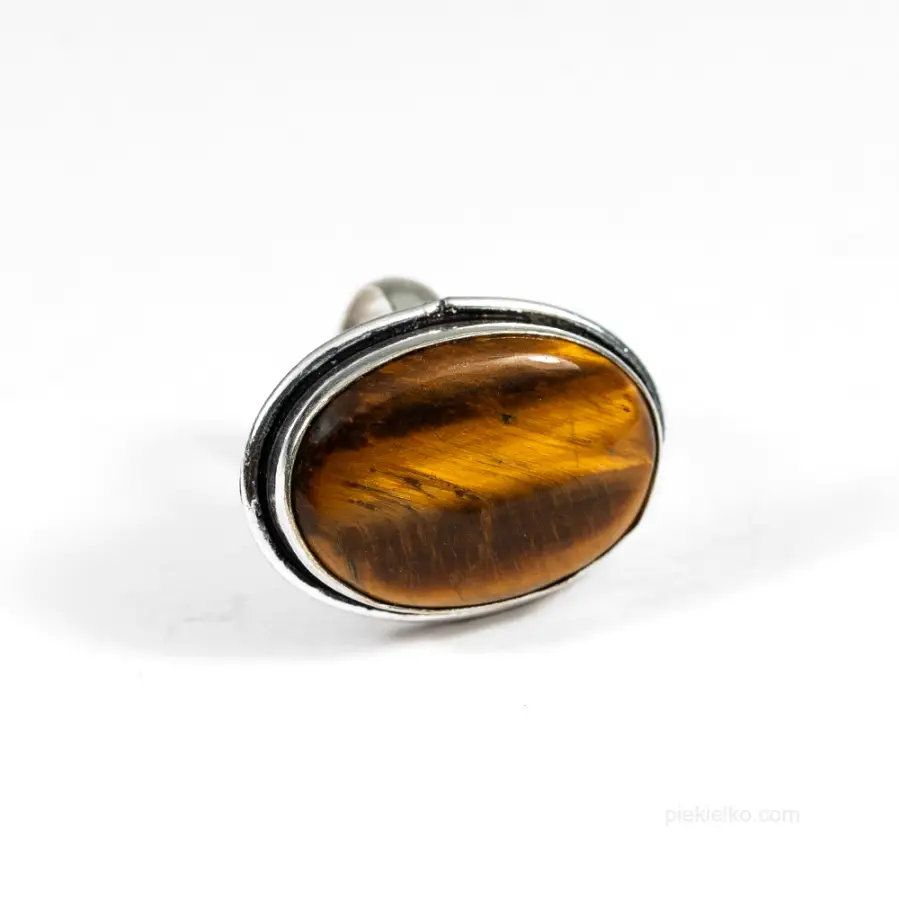
Tiger eye ring
165,00161,70 -
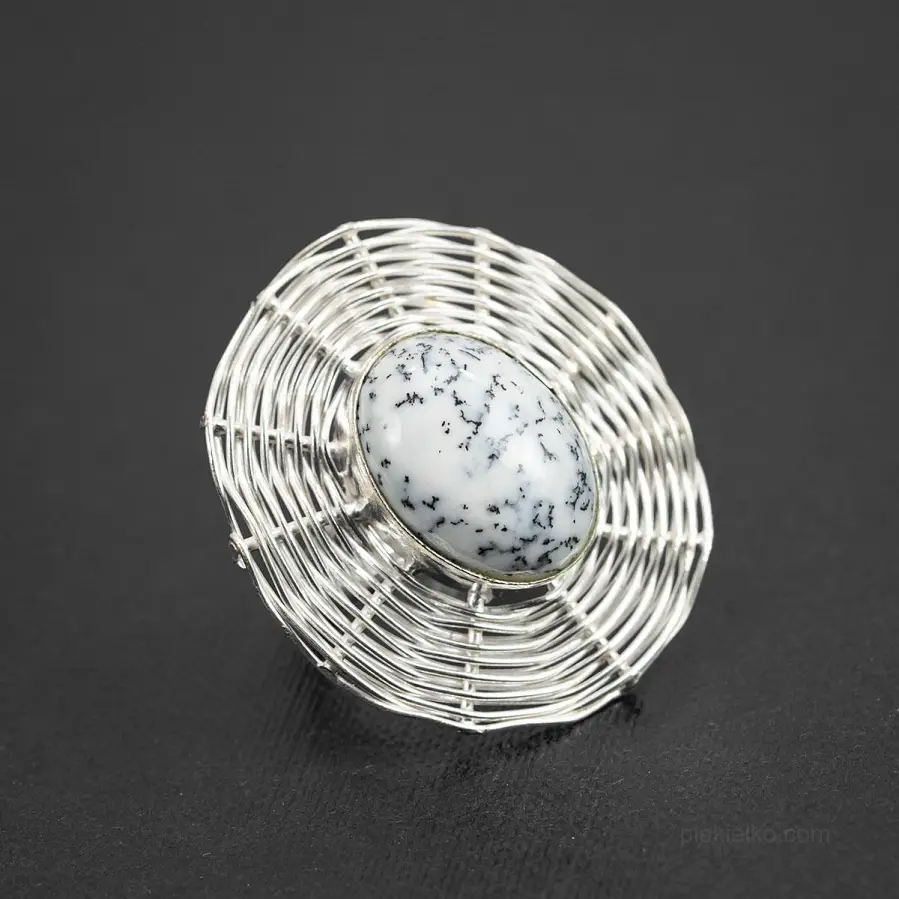
Opal dendritic basket ring
145,0085,26 -
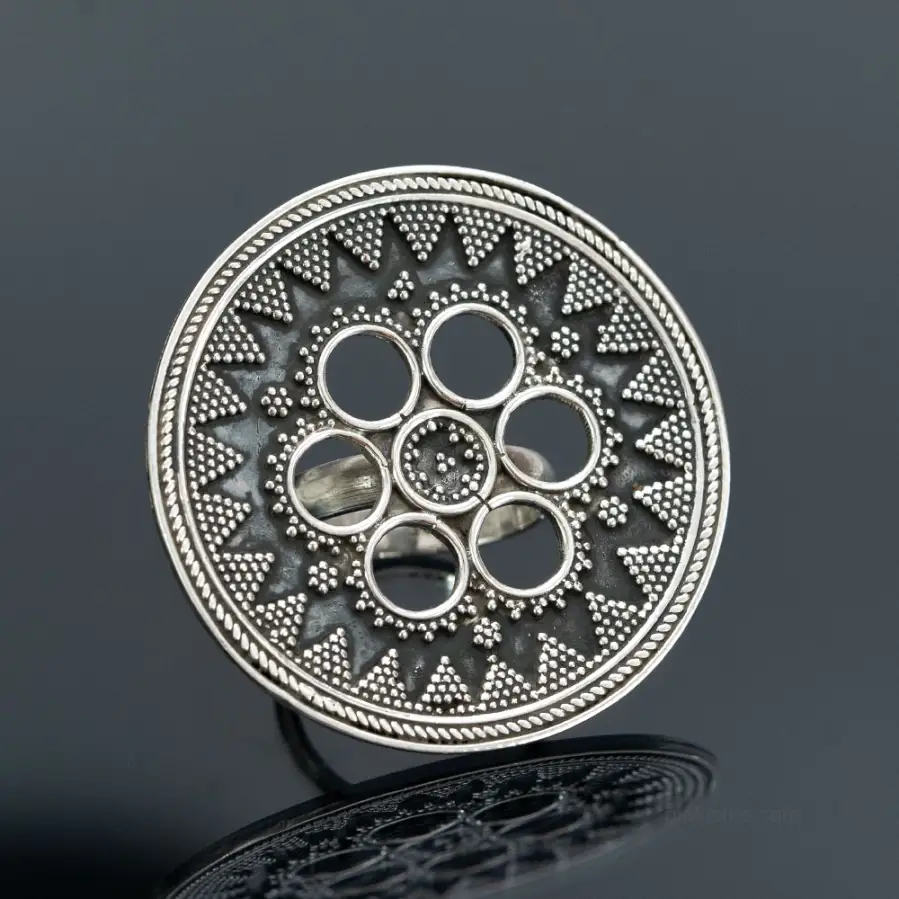
Indian silver ring
385,00377,30 -
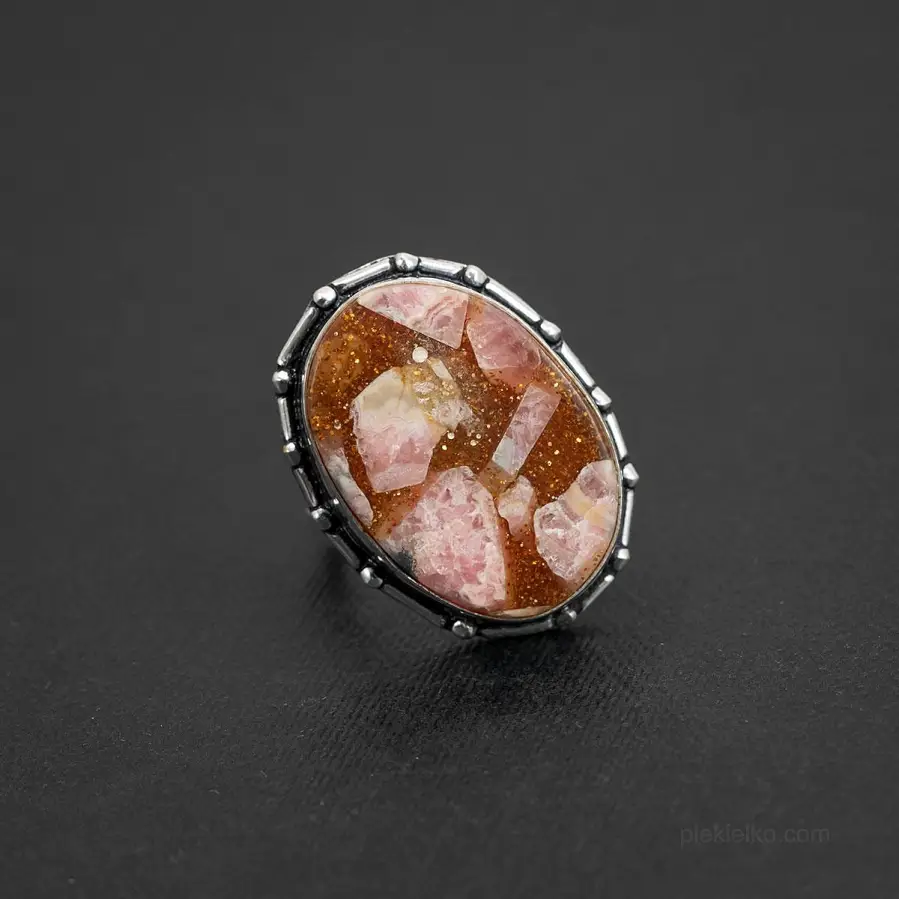
Rhodochrosite copper ring
185,00108,78 -

Silver-plated larimar ring – elegance by nature
260,00254,80 -
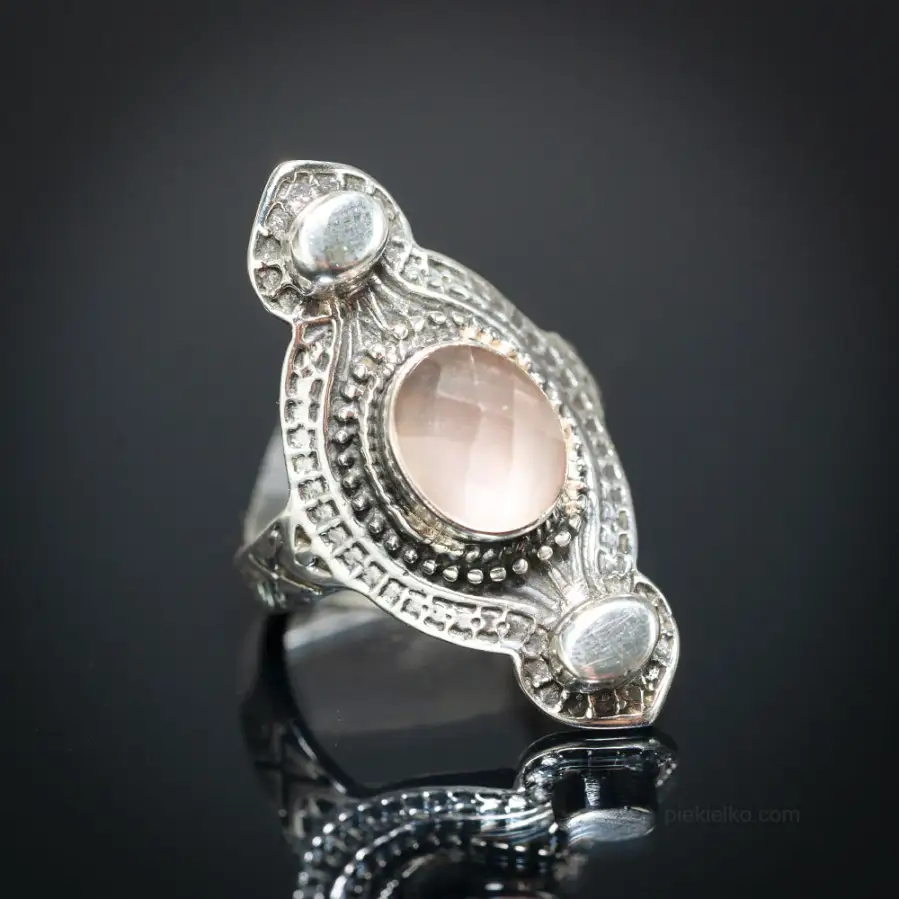
Pink Magnification – Rose Quartz Ring
380,00372,40



© Piekielko.com

